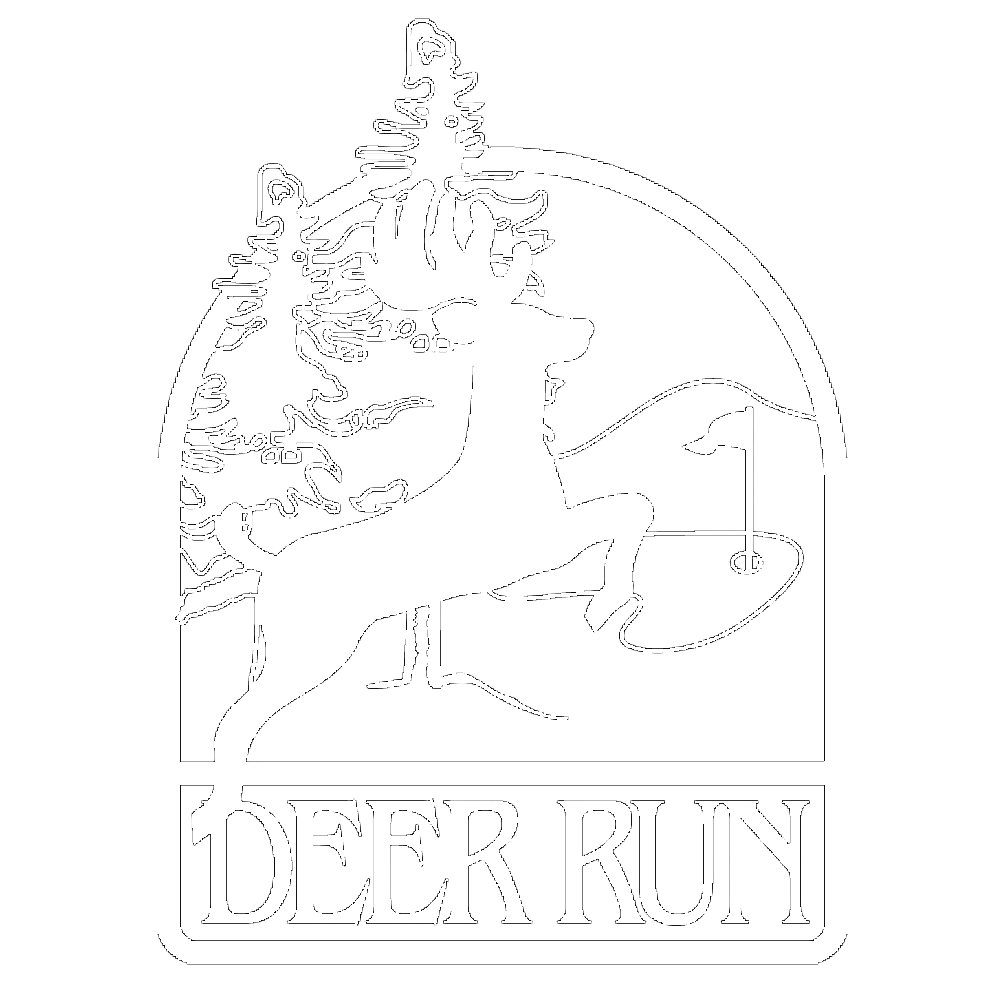Etiquette, Leading by Example
/This guest article is written by Tom Margetts, Innovative Agronomics. Tom is an Independant Soil and Turf Consultany, working with many Turf Managers in Ontario. We currently retain Tom's services in order to enhance our agronomic programs.
Golf is a game of etiquette, where we play by a set of rules and govern ourselves around the course without umpires or referees. It is a gentleman’s game where we compete against ourselves and freely encourage and compliment our opponent’s efforts. When we think of etiquette, we generally reflect on these items and honour our dress codes and mannerisms. We should be proud of our conduct and not forget our commitment to the etiquette of our playing surfaces. Golf Course Superintendents are honourable stewards. They are entrusted with the property and the environment of the golf course. We as golfers must be honourable stewards to the golf course and Superintendents that care for them. We need to make a conscious effort to leave the golf course in better order than when we came. Imagine if we all did that!
There are many theories and thoughts on etiquette such as repairing ball marks and divots and lessening the impact of ourselves on the golf courses we enjoy. I would like to review these items of etiquette and give my guideance based on my previous experience.
Ball Mark Repair:
Goal: Restore the smoothness of the putting surface with the least amount of disturbance.
First of all, forget using a golf tee, we must all make a conscious effort to have a pronged ball mark repair tool in our pocket before we start the round. Insert the two pronged tool on a 45 degree angle to the putting surface and “knead” the turf evenly around the perimeter of the ball mark, filling in the depression. Do not insert and lift from the bottom! By “kneading” the edges together you are encouraging the turf to grow laterally and heal. There are many different tools available today and any of the good ones adhere to the same principal of “kneading the edge of the ball mark towards the center”. Last but not least, tap your repair smooth with the head of your putter (not your shoe) for the best finished result. A repaired ball mark has an excellent chance for a quick recovery if the repair is done by the person that created it.
Divot Repair:
Goal: Again, to restore the smoothness of the playing surface and repair in a way that will present the greatest potential for healing.
Divots come in many different sizes and forms. My theory on divot recovery based on my past experience is as long as the divot has soil attached; replace the gash created with as much of the originally recovered turf as possible. Look at it as an unfinished puzzle and spend some effort to correctly replace the pieces exactly the way they came out. If it is a deep pelt that is likely accomplished quite easily or if it came out in a few pieces it will require a little more effort. Use the divot mix provided to you in order to fill in any voids in the gash and around the edges. The replaced turf and divot mix are partners in that they both protect each other by holding moisture and encouraging regrowth. Again, last but not least firmly step on your repair in order to smooth the surface and replace any air pockets. If your divot is unrecoverable or unreplaceable, fill the gash with the divot mix provided in a manner that fills the hole and step it down in a swiping motion to restore a smooth surface.
Golf Cart Etiquette:
My thoughts on golf cart etiquette can be an article in itself. Here are a few key points to remember in order to minimize traffic stress. Use the cart paths provided as much as possible and always around greens and tees. Park with four tires on the path at all times after all we would never park beside our driveway at home! Be a trail blazer and avoid the short cuts and frequently travelled areas we all recognize.
Golf Course Superintendents work tirelessly to repair our impacts to the course from our enjoyment of the game. They develop their programs of water, fertilizer and cultural practices to recover as quickly as possible from wear and tear and balance this with our desire for a quality playing surface. These two forms of maintenance are generally opposite in their delivery and require a delicate balance. Let’s show our commitment to the game by being a steward to our golf course and the Superintendent that cares for it. Ask your Superintendent for their knowledge of maintenance etiquette and follow their lead on your course. Let’s repair more than we have created and walk off the golf course with knowledge of leaving it in better condition than when we came. We will all benefit from this!
